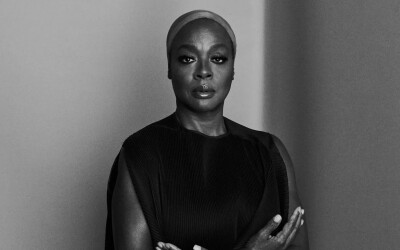IN THE WINTER OF 1970 in New York City, 24 Black women, led by visionary Edna Beach, began meeting in their homes to assess the problems and opportunities left behind in the wake of the turbulent 1960s. As a result of their meetings, they formed the Coalition of 100 Black Women. For the rest of the 1970s, they slowly but persistently worked to master root causes of issues that affected their families, their communities and themselves. They boldly began to reach out to other Black women in common cause, and eventually, mobilized their emerging stature as a visible force of influence promoting gender and racial equity.
In 1981, the New York Coalition had over 500 members throughout New York City’s metropolitan area, far in excess of the symbolic “100” in its title. Its effective role-model projects and its association with grass-roots community activity won notice in both local and national news media. As the Coalition gained recognition, Black women from other parts of the country aspired to duplicate its mission and programs in their own geographic areas. It was decided to create a national organization, to expand beyond the boundaries of New York City, and, accordingly, to include the term “National” in the original title. They responded to the New York Coalition’s nationwide call to develop a leadership forum for professional Black women from the public and private sectors. That call resulted in a network of Black women who joined together to meet the personal and professional needs of the contemporary Black woman, the needs of her community and her access to mainstream America.
The National Coalition of 100 Black Women (NCBW) was launched on October 24, 1981, with representatives from 14 states and the District of Columbia, and selected Jewell Jackson McCabe as its first national president. Its mission is to advocate on behalf of women of color through national and local actions and strategic alliances that promote the NCBW agenda on leadership development and gender equity in the areas of health, education and economic empowerment. The rapidity by which the organization grew is attested to by the statistics of 1986: 47 chapters in 19 states. The consensus of the organization in 1986 is perhaps best summed up in the paragraph from its initial newsletter:
“No longer can Black women operate on the basis of reacting to crises and depending on crash programs to solve them. They know, as they have in the past, that they must understand and direct present trends and become aware of the new economic and social realities that are emerging. Seeking empowerment as a distinct group, they need to analyze their attitudes about power and understand both the traditional and unconventional routes to power. Most importantly, Black women are the linchpin of leadership continuity among all Black people and understand the need for mentoring that must be nurtured and honed day by day, from one generation to another.”
Read More



